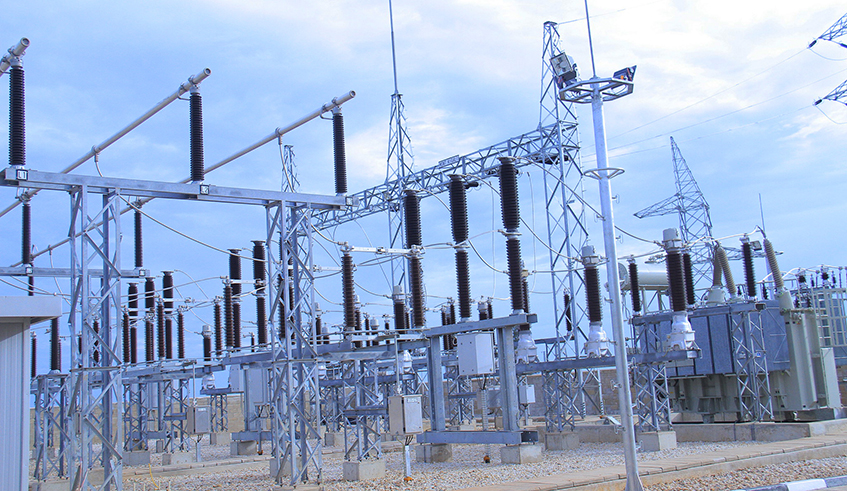

Members of Parliament have tasked the government to consider ways to reduce the high cost of electricity that small and medium-sized enterprises (SMEs) incur to run their business activities so that they improve their productivity.
The lawmakers made the observations on Wednesday, May 13, 2020, during a plenary sitting that adopted bill ratifying the €91.4 million (about Rwf93 billion) loan agreement between the Republic of Rwanda and the World Bank’s International Development Association (IDA).
The loan is intended for energy development in Rwanda.
MP Frank Habineza said that during lawmakers’ various tours in the country, SMEs including those which process maize into flour exposed a complaint that they are charged high fees on electricity.
"They are paying high prices on electricity as they are not classified as industries, yet they are engaged in agro-processing,” he said.
"They say they incur losses associated with costly energy. I would like to know whether this project will reduce their spending on energy so that they are able to get profit or improve performance,” he said.
Speaking to The New Times, Pierre Celestin Hakizimana, President of IAKIB – a cooperative of dairy farmers in Gicumbi District, Northern Province – said that the high cost of electricity was a challenge for its profitability.
IAKIB has more than 4,000 members, and collects between 36,000 litres and 40,000 litres of milk per day.
The cooperative also produces seven tonnes of maize flour in two days, or per day depending if need be, through its maize processing unit.
Fortunately, Hakizimana said, the cooperative got some relief when the Rwanda Utilities Regulatory Authority (RURA) more than halved the cost of the energy it uses to power its maize processing equipment from Rwf350 a Kwh to Rwf145 a Kwh starting from January 2020.
"Before the price cut, our flour was more costly than that imported from Uganda, and still we weren’t making profit. But now, we are selling it at Rwf600 a kilogramme compared to Rwf650 a kilogramme for that from the neighbouring country,” he said pointing out that high cost of power was driving up the cost of production.
In addition, Hakizimana said, electricity price on three of the cooperative’s 10 milk collections centres (MCCs) was cut from Rwf302 a Kwh to Rwf178 a Kwh.
For MCCs, energy is largely used to run milk cooling equipment.
However, Hakizimana said that of the seven milk collections centres which did not get tariff cut, the cooperative knows the underlying reason for only two as they use cash powers that belong to the owner of the buildings in which they operate, adding that RURA told them to buy their own cash powers so that the prices get lowered.
"We do not know why the remaining MCCs are not given affordable tariffs,” he said, indicating that for the MCCs for which the costs were lowered, the cooperative pays Rwf900,000 against Rwf1.4 million it used to pay per month.
Hakizimana said that the cooperative buys milk at Rwf200 a litre from a farmer, and resells it at Rwf220, which means that it gets Rwf20 that it has to use to run its operations, and expensive energy could hit its earrings hard.
MP Annoncé Manirarora said that factories, in general, have been complaining about high costs of energy, "yet if such prices are lowered, it can decrease the cost of production and make processed products relatively affordable to consumers, which can help Rwandans cope with the effects of Coronavirus Disease 2019 – COVID-19, and boost the national economy.”
The Minister of Finance and Economic Planning, Uzziel Ndagijimana said that the government has been doing its best to reduce the tariffs of electricity used in industries so that they can increase productivity.
"However, there is a point which we cannot go beyond because the energy sector still needs money to generate power and supply it to consumers,” he said pointing out that every year, the Government invests about Rwf10.5 billion into Rwanda Energy Group (REG) for energy generation and distribution activities and subsidising prices.


